Generating human brain organoids in the laboratory: the challenge of two USI researchers
Institutional Communication Service
Laboratory research frequently employs three-dimensional models. In neurological studies, researchers use three-dimensional models of the human brain created from stem cells. However, these models have limitations. The project titled "Enhancing Human Brain Organoid Complexity through Biofabrication of a Perfusable Vasculature," led by Prof. Simone Bersini and Prof. Arianna Baggiolini—both Assistant Professors at the Faculty of Biomedical Sciences—aims to address these limitations. Prof. Baggiolini is also the Laboratory Director at the Institute for Oncology Research (IOR).
By integrating bioengineering, developmental biology and advanced technologies, the research aims to create more complex and durable organoids that better reproduce real brain dynamics. The project has received funding from the Swiss National Science Foundation (SNSF).
Professor Bersini and Professor Baggiolini, could you explain in simple terms what techniques your project is based on?
"The project uses technologies based on human pluripotent cells and cell/tissue engineering models. We aim to combine these two approaches to enhance organoid maturation by integrating biofabricated functional microvascular networks. Additionally, we will employ microfabrication techniques to develop a culture platform capable of supporting dozens of organoids, enabling multiple experiments to be conducted in parallel."
Where does the need to develop more complex and durable organoids come from?
"The emergence of technologies utilizing pluripotent cells and the ability to generate cells from the human brain microenvironment have opened up new avenues for research. Specifically, brain organoids derived from pluripotent cells not only replicate certain aspects of the cellular diversity found in the developing human brain but also mirror its architecture. This advancement enables the study of human brain cells within a three-dimensional context, considering the niche and cellular communication processes. Although brain organoids derived from pluripotent cells are fundamental tools to address specific aspects of human brain biology, it is undeniable that they still represent a great simplification of the human brain microenvironment and present several limitations. One of the most obvious limitations of current protocols for brain organoid generation is the lack of vascularity."
What are the main practical applications and benefits that this project will bring to the community?
"Vascularisation is likely to impact the physiology of brain organoids as well as the potential for long-term cultures, which are typically limited by the development of internal necrotic tissue. The successful integration of a functional human blood-brain barrier with human brain organoids represents a significant milestone that has yet to be achieved in the pursuit of in vitro models that accurately reproduce the complexity of the human brain. This integration will greatly enhance our ability to replicate more advanced developmental stages and biological processes that are currently out of reach, including later gestational periods, the formation of all neuronal layers, and adult neurogenesis in mature hippocampal organoids.."




